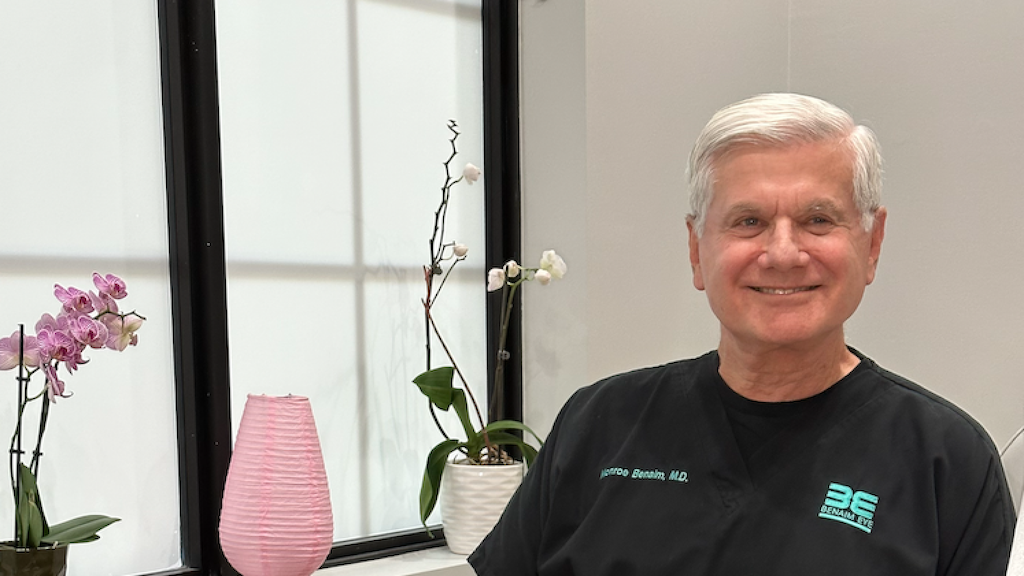Even with today’s advancements, macular degeneration cannot be 100% cured. However, there are several treatment options that can help slow down the disease’s progression to prevent severe vision loss.
Dry macular degeneration is the more common form of age-related macular degeneration. Dry macular degeneration is also considered to be a less advanced form of the condition and cannot be treated. However, ophthalmologists recommend that patients keep their condition carefully monitored. If only one eye is affected at the time, be sure to test the other eye to see if the condition develops.
Wet macular degeneration is the more advanced form and for which the treatment options are available. While normal vision may not be regained after treatments, patients have reported an improvement in their vision. Here are some of the available options:
Laser therapy
High energy lasers can be effectively used to destroy some of the abnormal blood vessel growths that lead to macular degeneration.
Anti—angiogenic injections
These drugs are injected directly into the eye in order to prevent the formation of abnormal blood vessels that cause macular degeneration. These injections are used to treat wet macular degeneration where the new blood cells result in leakage, and raising of the macular from its normal position onto the retina. This is a highly effective treatment and many patients have reported positive results. Anti-angiogenic drugs may need to be administered repeatedly.
Photodynamic laser therapy
This procedure is conducted in two steps. First, a photosensitive dye is injected into the patient’s bloodstream. This dye is absorbed by the abnormal vessels and then the doctor will employ a cold laser to activate it. This will break up the abnormal vessels. Since the dye is photosensitive, patients are recommended to stay out of bright lights until it is out of their systems.



